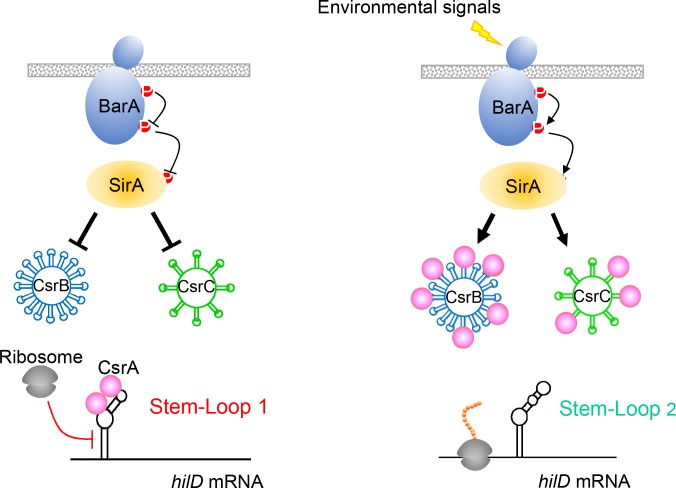Fig 7. A model for the regulation of Salmonella invasion through the post-transcriptional control of hilD.
Activation of the BarA/SirA two-component regulator induces transcription of two small RNAs, CsrB and CsrC. These bind multiple copies of CsrA, titrating it from its target, the hilD message. In the presence of free CsrA, the SL1 structure of the hilD message is stabilized by this regulatory protein, sequestering the ribosome-binding site and start codon, and thus hindering translation. When the concentration of free CsrA is reduced through its binding to CsrB and CsrC, the alternative hilD message secondary structure SL2 is formed, allowing translation of HilD and consequent expression of invasion genes.

